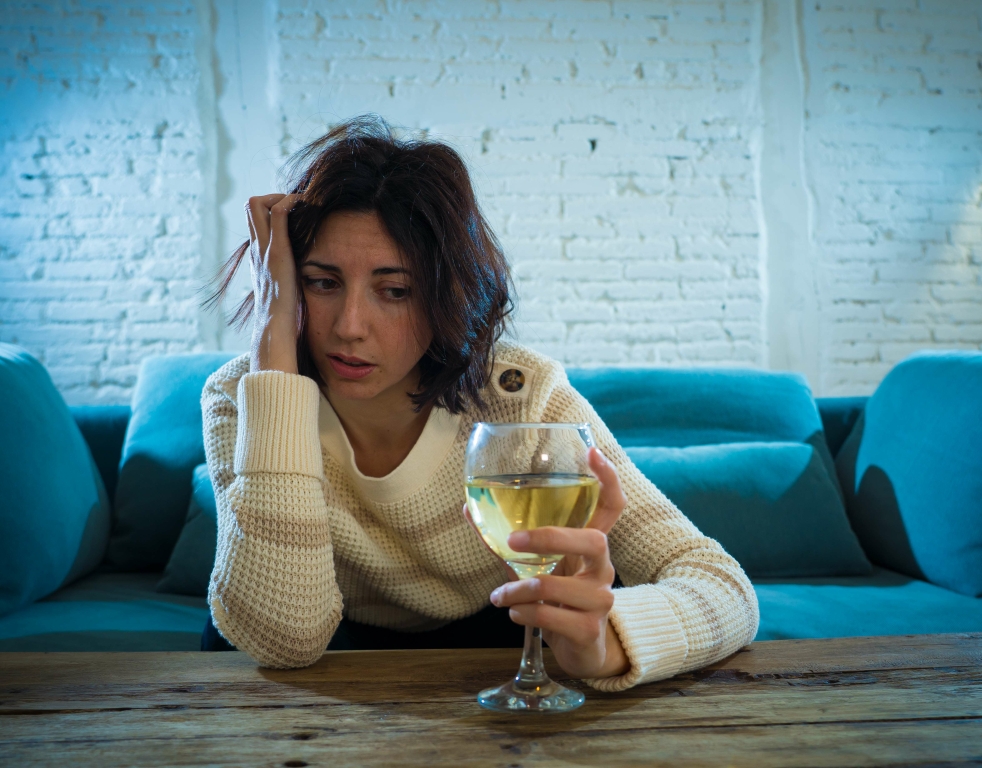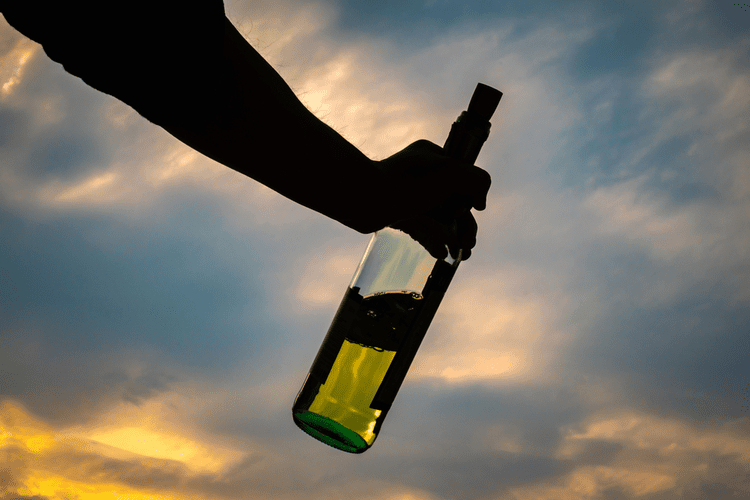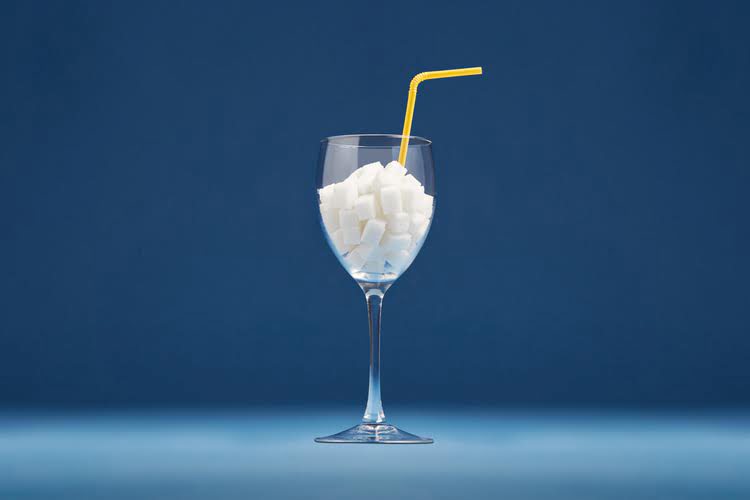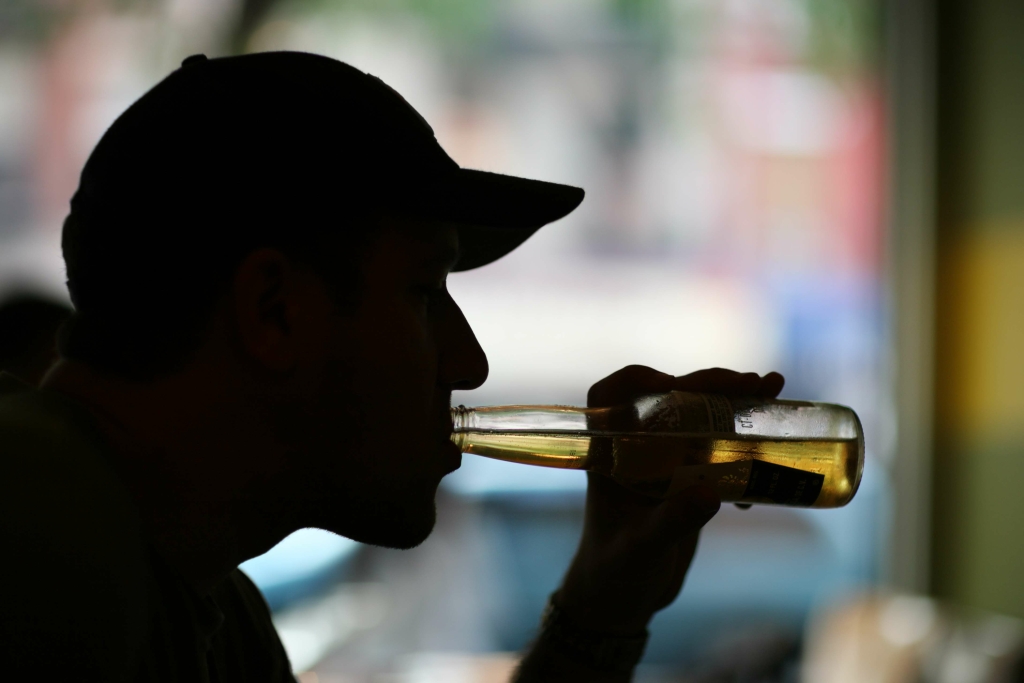The combination of naltrexone and bupropion is not approved for use in children under 18 years of age. It is possible that you may be more sensitive to the effects of prescription or illicit opioids if you stop taking Contrave. Resuming the doses of opioids you were using before starting Contrave can be very dangerous and can potentially lead to death.
- They can give you tips on how to manage any side effects that may be concerning or bothersome.
- The rash may be red or purple and then turn into blisters or peeling of the skin.
- Living a healthy lifestyle can help prevent weight-related complications and prevent weight gain after successful weight-loss treatment.
Lifestyle Interventions: The Foundation of Weight Management
- Bupropion naltrexone weight loss reviews paint a hopeful picture.
- Yet, over time, people started noticing a potential off-label use based on the side effects.
- If your doctor has directed you to use this medication, your doctor or pharmacist may already be aware of any possible drug interactions and may be monitoring you for them.
A healthcare provider can help you determine if Naltrexone is a good fit for your weight loss journey. To minimize side effects, it is recommended to start with a low dose of Naltrexone and gradually increase the dosage under a healthcare provider’s supervision. Taking the medication with food can also help reduce gastrointestinal side effects. Together, they form a highly effective weight loss medication that helps individuals manage their appetite, reduce cravings, and achieve sustainable weight loss. Its ability to influence the brain’s reward system led researchers to explore its potential applications in weight management, particularly in reducing cravings for high-calorie foods.
1 Naltrexone: Opioid Receptor Antagonist

This action could lower food cravings and help people feel more in control of their eating habits. Because of this, people might eat fewer calories and manage their weight better. It’s good to note, though, that not everyone will experience the same effects from naltrexone on appetite and cravings. Though LDN was primarily manufactured to treat opioid addiction, health professionals have discovered that it can treat other illnesses. It is also effective in inducing weight loss in obese patients on its own or in combination with bupropion.

Day Thyroid Reset: How To Super Charge Your Thyroid
It works by serving as an opioid receptor antagonist, thus preventing users from feeling the euphoric effects of the narcotic substance. For instance, Naltrexone for weight loss has yielded some positive results, though the exact nature of the weight loss is yet to be determined. The medicine can also help alcoholics abstain from drinking, though it does not cure addiction. The drug is used as an elaborate addiction management and treatment plan which includes counseling and other sessions. The medicine can also be used off-label for treating trichotillomania. It is also effective in the treatment of chronic pains like drug addiction fibromyalgia.
- Low-dose naltrexone (LDN) is an exciting weight-loss option that offers benefits beyond the scale.
- Unlike other medications like Ozempic, which mimics a hormone to suppress appetite, naltrexone focuses on altering reward pathways.
- It works differently in the body than buprenorphine and methadone, which activate opioid receptors in the body that suppress cravings.
- Naltrexone, particularly in low doses, has shown effectiveness in managing chronic pain through its unique mechanism of modulating the central nervous system’s opioid receptors.
Patients with diabetes should monitor their blood sugar levels, as naltrexone may increase the risk of hypoglycemia. A VIVITROL shot delivers naltrexone in an extended-release https://ecosoberhouse.com/article/naltrexone-side-effects-uses-and-risks/ form, which helps prevent relapse by blocking the effects of opioids and reducing cravings for alcohol. It is used as part of a complete treatment program for addiction. By integrating VIVITROL with other therapeutic interventions, individuals can benefit from a complete treatment program that addresses both the physiological and psychological aspects of addiction. This approach ensures a more robust and effective strategy for long-term recovery as part of a complete treatment program. Naltrexone is an opioid antagonist, meaning it blocks the effects of opioids at receptor sites in the brain.
What makes Eureka’s AI doctor a good companion for weight-loss medication therapy?
If you or your child is about to harm themselves, call 911 or call or text 988, the Suicide & Crisis Lifeline. Stop taking Contrave and call your healthcare provider right away if you have any of the following symptoms. Weight management is a complex process influenced by various factors, including genetics, lifestyle, diet, and psychological factors.

Focus on a balanced, nutrient-dense diet with plenty of vegetables, lean proteins, and whole grains. Limiting sugar and processed foods can enhance the effects of Naltrexone. I take Low Dose Naltrexone (3MG) once per night for an autoimmune disorder that affects my lungs.
The danger here is that the use of Naltrexone for chronic pain may be employed without knowing the cause of the pain, and that leaves the door open for potential interactions. Research has suggested that the medication may increase growth hormones in certain patients. Therefore, low-dose Naltrexone for weight loss works in these patients because the stimulated growth hormones help not only build and maintain lean muscle mass but also increases the burning of fat.


